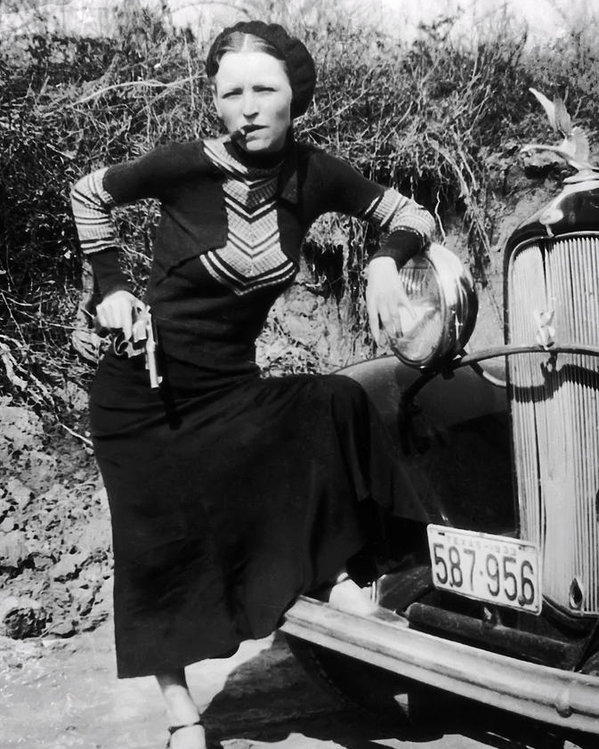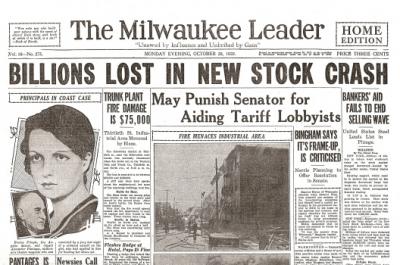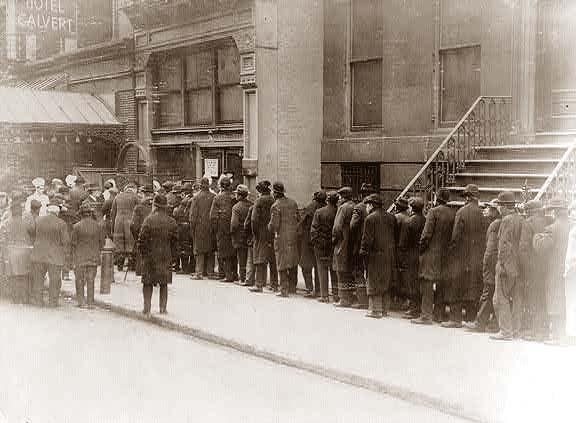FDR and the New Deal

From the cartoon, we can see a man was surrounded by a bunch of dancing kids. The man in the middle was President Franklin D. Roosevelt; on the backs of the kids’ shirts were printed WPA, PWA AND AAA, which stand for Works Progress Administration, Public Works Administration (which constructed roads, dams, and public buildings), and Agricultural Adjustment Act (which provided funding to farmers to curtail their production). These were all the programs set up under FDR’s New Deal. There were some other kids facing us, which from the artist’s points should represent the other programs adopted by FDR, such as Federal Deposit Insurance Corporation (FDIC), which served to insure deposits in banks, the Tennessee Valley Authority (TVA), which provided for navigation, flood control, electricity generation and economic development in the Tennessee River Valley and the National Industrial Recovery Act (NRA), which provided for codes of fair competition to regulate industry, and for the first time in American history guaranteed the rights of labor to bargain collectively, etc. These programs were responses to the Great Depression, and focused on what historians call the “3 Rs”: relief, recovery, and reform. That is, relief for the unemployed and poor; recovery of the economy to normal levels; and reform of the financial system to prevent a repeat depression.


 I am not sure when this cartoon was published, but it looks pretty old. It was published in the Pittsburgh Press. This cartoon took a play on the word ‘Deal.’ In this cartoon we see a poker hand of 4 Aces and a King. In poker that is 4 of a kind, a great hand. I think the author is praising the New Deal. He is saying that it is really great, just like the poker hand. The title says “It IS a New Deal,” probably referring to a “new hand” after the Great Depression. This hand is a winner, showing how the author praises the New Deal.
I am not sure when this cartoon was published, but it looks pretty old. It was published in the Pittsburgh Press. This cartoon took a play on the word ‘Deal.’ In this cartoon we see a poker hand of 4 Aces and a King. In poker that is 4 of a kind, a great hand. I think the author is praising the New Deal. He is saying that it is really great, just like the poker hand. The title says “It IS a New Deal,” probably referring to a “new hand” after the Great Depression. This hand is a winner, showing how the author praises the New Deal.
























